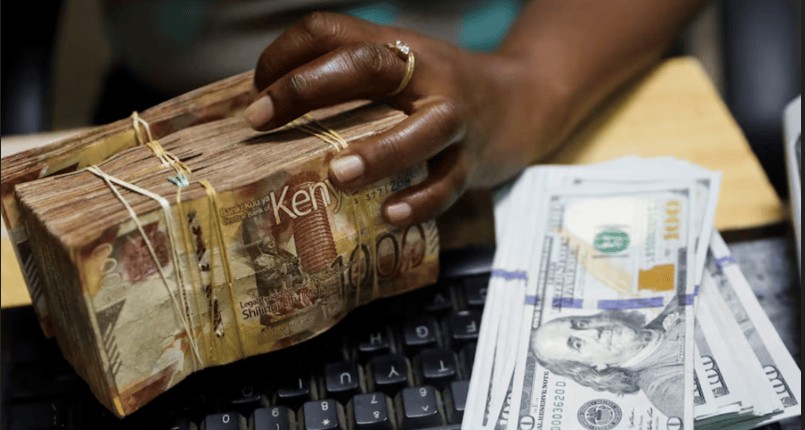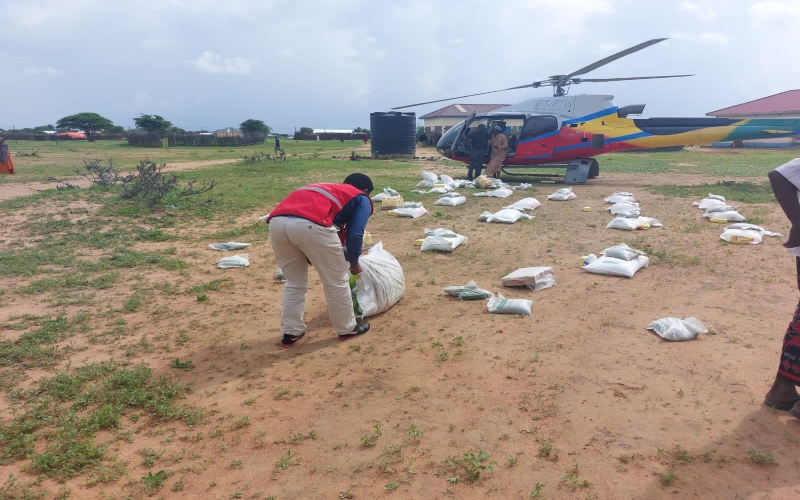Kenyan shilling hits record low of 150 to the dollar

The shilling has been in decline for several years and plunged by almost 24 percent over the past year, under pressure from high debt levels and depleted government revenues.
The Kenyan shilling sank to a new all-time low of 150 to the dollar on Monday, adding to the woes of people already battered by high inflation and a raft of new taxes.
The shilling has been in decline for several years and plunged by almost 24 percent over the past year, under pressure from high debt levels and depleted government revenues.
More To Read
- Kenya's economy grows 5 per cent in second quarter of 2025- KNBS
- Kenyan shilling holds steady at 129 against the dollar for a year
- Ethiopia moves to ditch US dollar in trade as BRICS-led de-dollarisation gains momentum
- Financial experts predict gradual decline for US Dollar in next 6-12 Months
- Kenyan shilling rallies against major world currencies
- Kenya’s forex reserves hit historic $10.59 billion, buoyed by remittances and strong shilling
According to Central Bank of Kenya data, the dollar was selling at just over 150 shillings, although some commercial banks and foreign exchange bureaux have been trading it at that level or higher in recent weeks.
Ken Gichinga, chief economist at Mentoria Economics, told AFP the exchange rate reflected the strengthening of the dollar during the Middle East crisis "which is pushing investors to safe-haven assets", as well as high US treasury yields.
Kenya had accumulated more than 10.1 trillion shillings ($67 billion) in debt by the end of June, according to Treasury figures, equivalent to around two-thirds of gross domestic product.
The cost of servicing the debt, mainly to China, has soared as Kenya's currency has slumped, and the government also has a $2 billion eurobond falling due in June next year.
President William Ruto earlier this year introduced a range of new and increased taxes to help replenish government coffers, despite pledging during last year's election campaign to help ease the financial hardship of ordinary Kenyans.
Economic growth slowed last year to 4.8 percent from 7.6 percent in 2021, buffeted by the global fallout from Russia's invasion of Ukraine, and a devastating regional drought that hit Kenya's vital agriculture sector.
Inflation has remained stubbornly high, at an annual rate of 6.8 percent in September, with food and fuel prices still on the rise.
Other Topics To Read
Top Stories Today










































